The seven sisters make up India‘s North East states – Arunachal Pradesh, Assam, Meghalaya, Manipur, Mizoram, Nagaland, and Tripura are included.
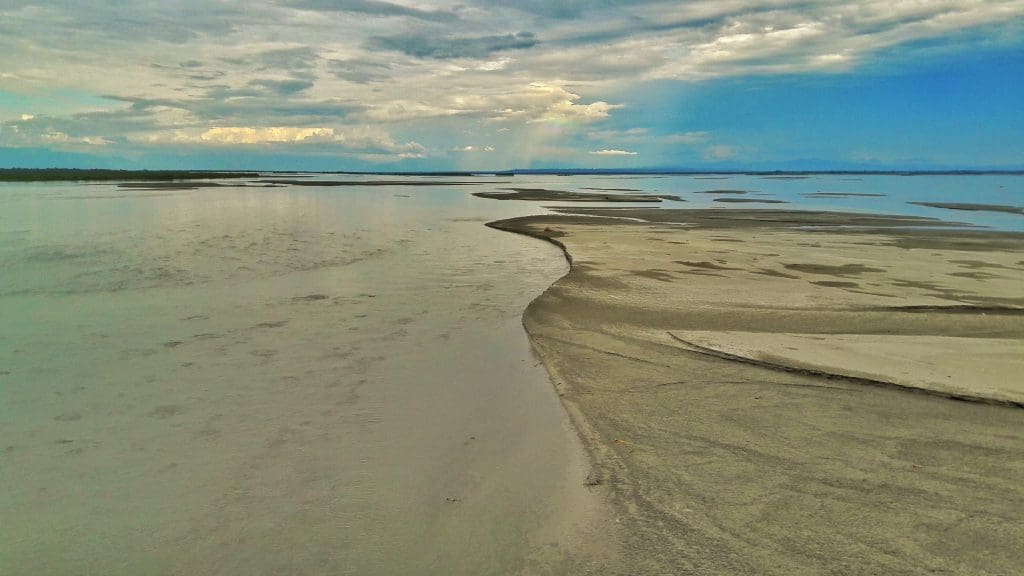
All seven states are extremely reliant on one another, and their biodiversity, faiths, politics, economy, and culture are very similar.
Unfortunately, Sikkim is not one of the seven sisters because it is divided from the rest of India by the Siliguri corridor, a narrow strip of territory in Bengal’s northern area that connects the North East and the rest of India.
There are several eco-friendly sites to select from in northeast India. In Nagaland’s Khonoma, people banded together to prevent excessive deforestation by foreigners. Mawlynnong in Meghalaya has been named Asia’s cleanest village, with all guesthouses made of bamboo.
The Apatani tribe of Arunachal Pradesh‘s Ziro Valley has created their own sustainable farming practices. Then there’s Sikkim’s stunning Khangchendzonga National Park. This is a must-see site for anyone who believes in the concept of green travel.
The cuisines of India’s seven north east states are vastly different from those of the rest of the country. For one, the use of spices is kept to a minimum. Instead, fermented ingredients such as soy bean and bamboo shoot provide flavour to the recipes. The cuisine of Sikkim, for example, is heavily impacted by Tibetan and Nepali influences.
The many ethnic groups of the north east states that have resided in the region have shaped the culture of the north-eastern states. Every tribe has its unique customs, cuisine, clothing, and dialect.
A huge number of tribes live in the north east states of India, and each tribe has its distinct handicraft culture. Bamboo crafts, in particular, are common in the area. Bamboo craftsmen in Assam, Manipur, Mizoram, Nagaland, and Tripura manufacture magnificent screens, lamp stands, furniture, and baskets, among other things.
Manipur is known for its gold and gold-plated jewellery, while Assam and Meghalaya are known for their silk textiles, and Sikkim is known for its carpet weaving.
India’s seven sisters of the Northeast or North East
ARUNACHAL PRADESH
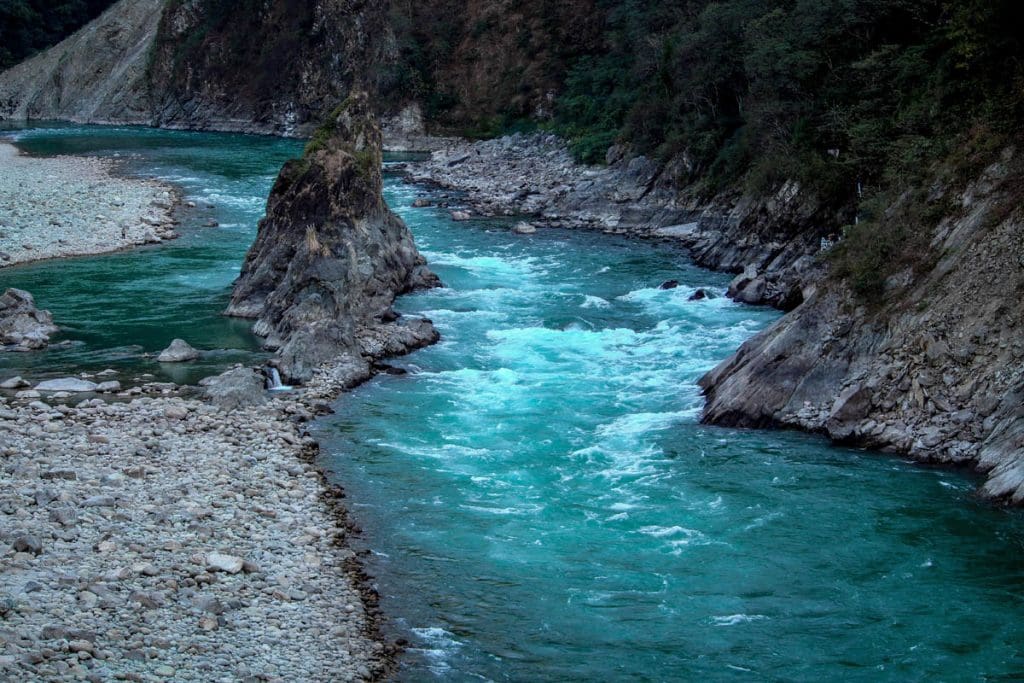
The territory of the “dawn-lit mountains” was previously known as the North East Frontier Agency and was a part of Assam. Many rivers, including the Tsangpo (Brahmaputra River), run across the Himalayas and into Indian states. Biodiversity is abundant throughout the state.
There are 750 bird species and 200 mammal species to be found here. Tigers, snow leopards, elephants, musk deer, red pandas, wild buffalo, and goral goats are among the animals found here.
Scheduled tribes make up the majority of the region’s tribes. The Adi tribe, which is the state’s largest, is joined by the Nissi, Apa Tani, Hill Miri, Sherdukpen, Aka, and Monpa tribes. Arunachal Pradesh is one of the diverse linguist regions of Asia. It is home to thirty to fifty distinct languages and dialects
Must Visit
- The Tawang Monastery in Tawang is the country’s oldest and largest monastic complex.
- The Talley Valley Wildlife Sanctuary is located in the Ziro Valley. Every year in September, Ziro presents the wonderful and engaging Ziro music festival.
- Bhalukpong is a wildlife and adventure lover’s paradise. Visit the Sessa Orchid Sanctuary and Pakhui Wildlife Sanctuary, or go hiking in the Bhalukpong Hills.
Pasighat is Arunachal Pradesh’s oldest town. The Brahmaputra River, which originates in Tibet, travels through this region.
ASSAM
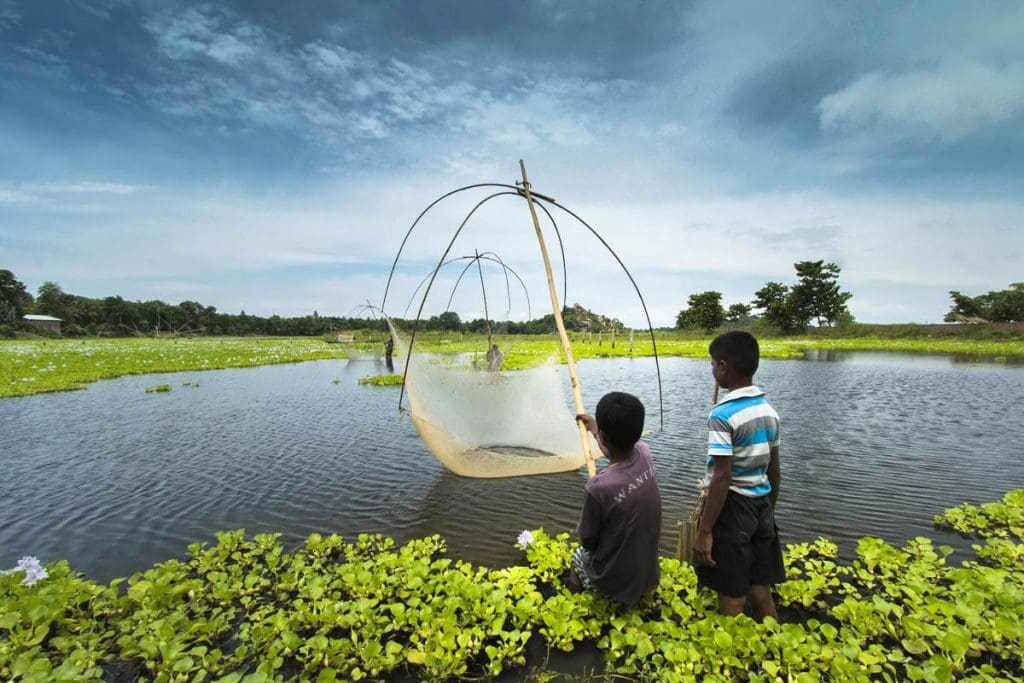
Assam is recognized for saving several endangered species such as the one-horned Indian rhinoceros, wild water buffalo, pygmy hog, tiger, Asian elephant, and other Asiatic birds from extinction.
Assam’s two most famous attractions are the Kaziranga National Park and the Manas National Park, both of which are world heritage sites. Assam is also home to a number of tribes, including the Garo, Mikir, Khasi, Lushai, and Kachari. In addition, the well-known Bihu state festival is held three times a year in January, April, and December.
Must Visit
- Visit the Kaziranga wildlife sanctuary to see the extinct one-horned rhinoceros and other animals.
- The Majuli is the world’s largest river island. The trans-boundary river Brahmaputra surrounds it.
- Digboi is an old Assamese city that is home to India’s first oil refinery.
- Haflong, also known as the “Ant Hill Town” or the “Switzerland of the East,” is Assam’s lone hill station.
- Sualkuchi, often known as the “Manchester of Assam,” is known for producing the best silk in the country.
- Visit Dibrugarh, Assam, to sample some of the finest teas on the planet.
MANIPUR
The Meitei tribe, which inhabits the bulk of Manipur, is the state’s largest ethnic group. In addition to them, the Naga and Kuki-Zo tribes can be discovered. Manipur has a diverse flora. Manipur has a high position in the eyes of the world because rice is the state’s primary food.
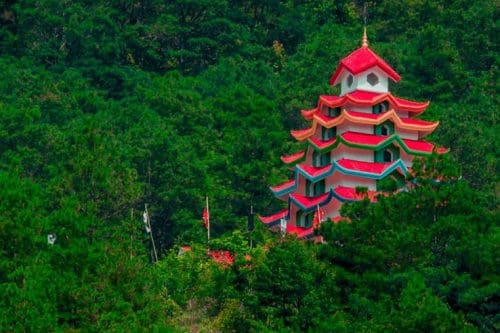
Manipur is also known for its tea, coffee, orange, and cardamom plantations. Manipur’s official language is Meiteilon, also known as Manipuri.
Must Visit
- The Loktak Lake, located 53 kilometres from Manipur’s capital, Imphal, is the world’s only floating lake.
- Keibul Lamjao National Park is the only floating sanctuary in the planet. Here you can see endangered brow-antlered deer (sangai), wild boar, sambar, and hog deer.
- The Singda Dam, the world’s highest mud dam, is a great place to go for a hike, a trek, or just a relaxing day in the park.
- Subhash Chandra Bose’s bronze statue is a highlight of the INA Memorial Complex. Former Indian Prime Minister Indira Gandhi opened it in 1969.
- The Ima Keithel Woman’s Market has been in operation for almost five hundred years. Thousands of female vendors offer textiles, jewellery, and food.
MEGHALAYA
The state of Meghalaya is noted for being the wettest on the planet. The state’s average rainfall can approach 12,000 mm in some regions.
The world record for the most rain in a month is held by Cherrapunji in the Khasi Hills of Meghalaya in the north east. The Sacred Grove woodlands in Meghalaya have a diverse and uncommon flora. Asiatic elephants, mongooses, red pandas, wild boar, and the Great Indian Hornbill (Meghalaya’s largest bird) are just a few of the many species.
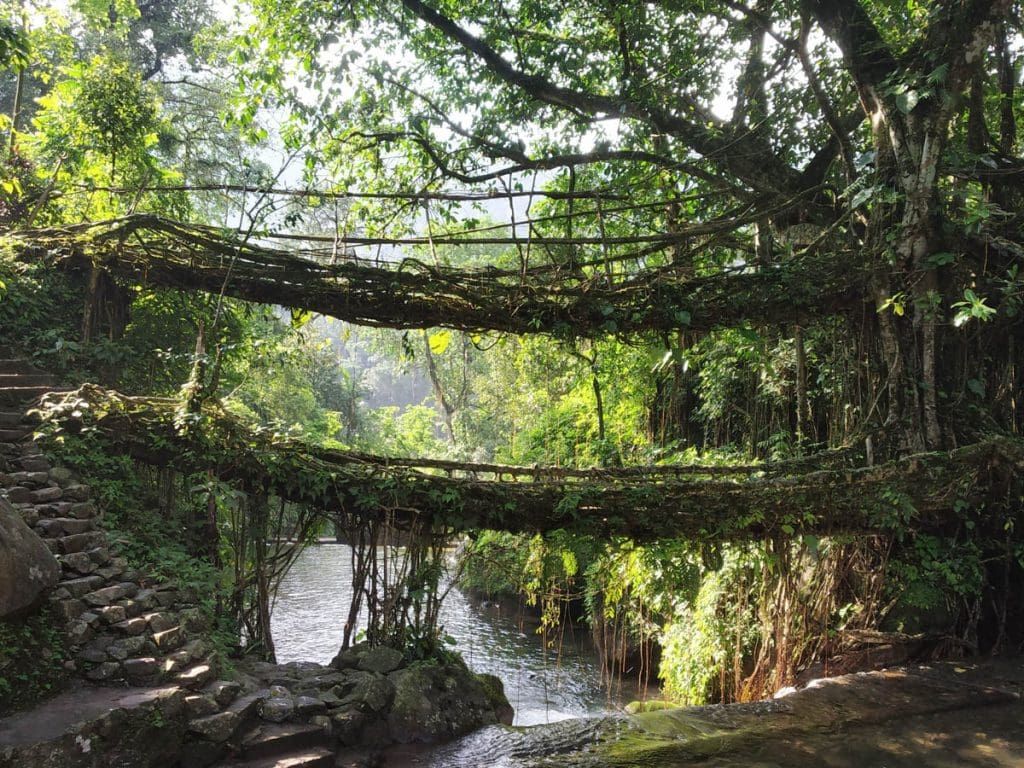
Meghalaya’s official language is English. Also spoken are Khasi, Garo, Bengali, Nepali, Hindi, and Assamese. Meghalaya is known for its annual Wangala celebration, which takes place in November. Autumnal Festival, Strawberry Festival, and Ranikor Festival are some of the other Meghalaya events. The hill station Shillong, known as the “Scotland of the East,” is the state capital of Meghalaya.
Must Visit
- The 3 km long and 2400 feet high Double Decker Living Root Bridge in Cherrapunji is a man-made bridge.
- In 2013, Meghalaya’s Mawlynnong Village was named Asia’s cleanest village. The Mawlynnong waterfall and the living root bridge are well-known tourist attractions. It is also known as “God’s Own Garden.”
- The Elephant Falls, a perfect natural site, are three levels of the most famous falls in the north-east.
- The Nohkalikai Falls, located in Meghalaya’s Khasi Hills, are the world’s fourth highest waterfalls.
- The government of Meghalaya established the Balpakram National Park in the Garo Hills in 1986 for the conservation of the state’s flora and fauna.
MIZORAM
The Mizoram state is known as the “Land of the Mizos.”
This north east state is notable for its many tribes, which include the Dulien, Ralte, Poi, Jahao, Pankhup, Mar, and nine others. The state of Mizoram is well-known for its natural beauty. Forests cover the majority of the state. Mizoram’s major festivals are Mim Kut, Pawl Kut, and Chapchar Kut.
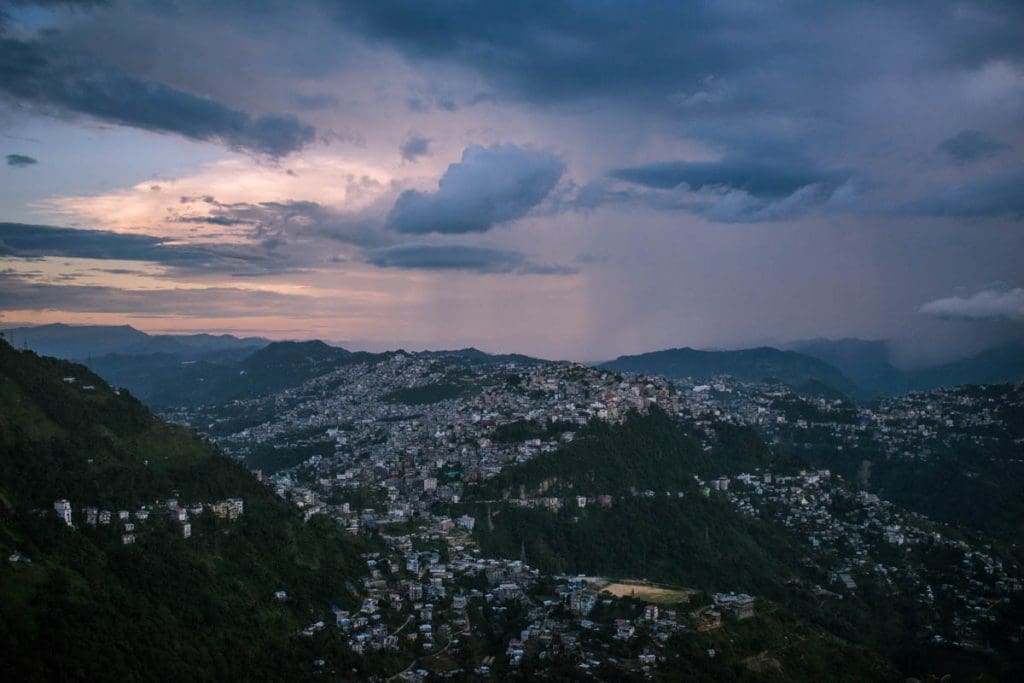
Must Visit
- The ‘House of Gods’ is the name given to the Phawngpui Hills. It is Mizoram’s highest mountain summit.
- The Chhingpui Memorial was created as a symbol of Chhingpuii and Kaptluanga’s love.
- The town of Thenzawl is a small one. Travel back in time to a more tranquil and charming era on the slopes.
- The Vantawang Falls, located near Thenzawl, are Mizoram’s highest and most magnificent waterfalls.
- The Phawngpui or Blue Mountain National Park is one of Mizoram’s most popular hiking and camping destinations.
- Mizoram’s caves, Khuangchera Puk, are famed for being the state’s longest cave. It measures 162 metres in length.
NAGALAND
For the rich, vivid, and passionate celebrations of its myriad tribal festivals, Nagaland is known as the “Land of Festivals.” All of their celebrations are centred on thankfulness and joy for the crop that they have received, as well as seeking blessings for a prosperous crop in the months ahead.
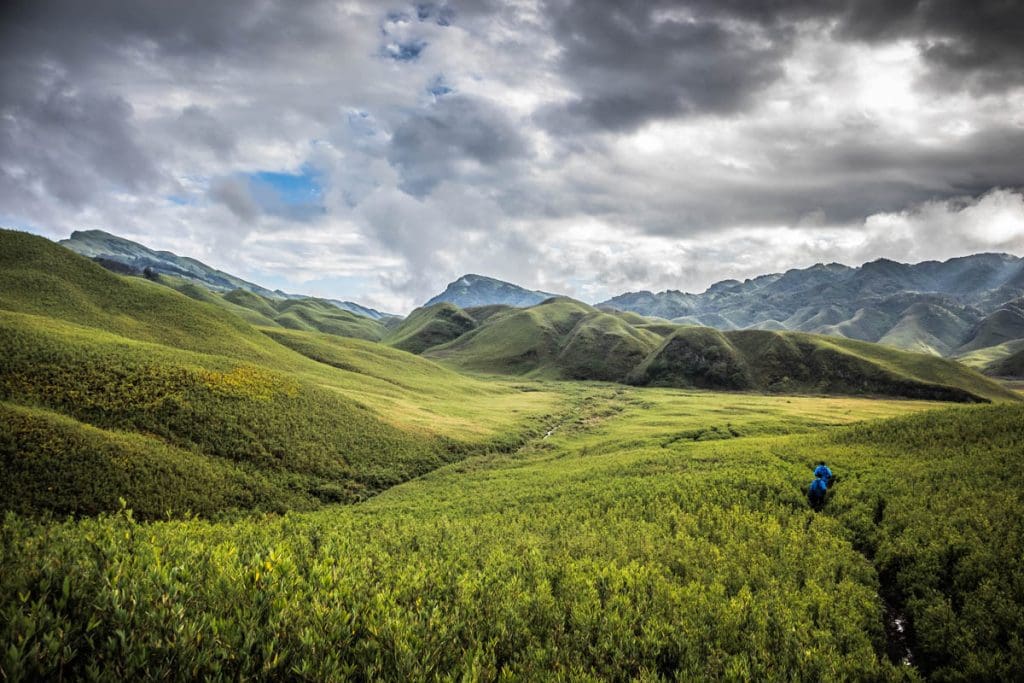
Evergreen woods cover a significant portion of Nagaland in north east India. Palm trees, bamboo trees, rattan trees, and mahogany trees, as well as sambar deer, wild oxen, buffalo, bears, leopards, tigers, elephants, foxes, five cats, mongooses, and monkeys, are just a few of the species that can be found in vast numbers.
Nagaland is part of the Indo-Mongoloid ethnic group. Nagaland is noted for its numerous tribal groups. Chakhesang, Chang, Angami, Ao, Khiamniungan, Rengma, SangtamKuki, Konyak, Sumi, YimchungruLotha, Phom, Pochury, and Zeliang are the principal tribes of Nagaland.
Must Visit
Dimapur is the main entry point into the north east state. It is the state’s largest city. The magnificent ruins of the citadel Kachari Rajbari are a must-see national historic site.
Visit the Kohima War Cemetery in the capital city of Kohima. It is a World War II memorial honouring servicemen who fought the Japanese forces. If you visit Kohima in December, be sure to attend the Hornbill Festival, which is a large-scale celebration.
Wokha, the homeland of the Lotha tribe, is known for its pesticide-free oranges and pineapples.
TRIPURA
Tripura is India’s third smallest state.
Reang, Tripura, Noatia, Debbarma, Jamatia, and fourteen more tribes who migrated to Tripura as tea labourers are the primary tribal groupings. This north east state exudes a combination of tribal and Bengali culture, which is evident throughout the state’s colourful and spectacular festival celebrations.
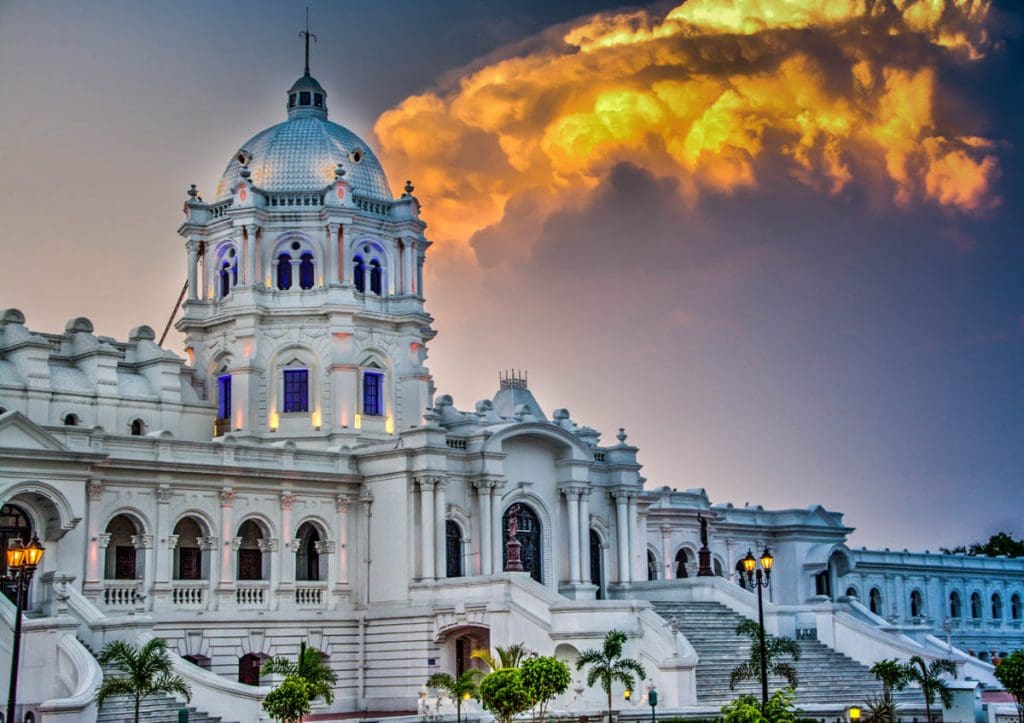
The state’s major festivals include Durga Puja, Kali Puja, Ashokastami, and Dolyatra. In Tripura, Bengali is the most widely spoken language. The Tripura tribes speak Kokborok, which is a widely spoken language. Other languages spoken here are Mog, Halam, Garo, and Manipuri.
Must Visit
- The Sepahijala Wildlife Sanctuary is more than just a wildlife sanctuary; it is also a research and academic centre. Boating in the several lakes available allows you to spend your day among the different flora and fauna.
- The Ujjayanta Palace is a royal palace with sophisticated and beautiful architecture, as well as manmade lakes, melodic fountains, and a green area.
- The Tripura Government Museum was founded in 1970 to display pieces of Tripura culture and history through carvings and antiques.
- Unakoti has fewer than a million Hindu deity carvings.
Read More: Discover your India



